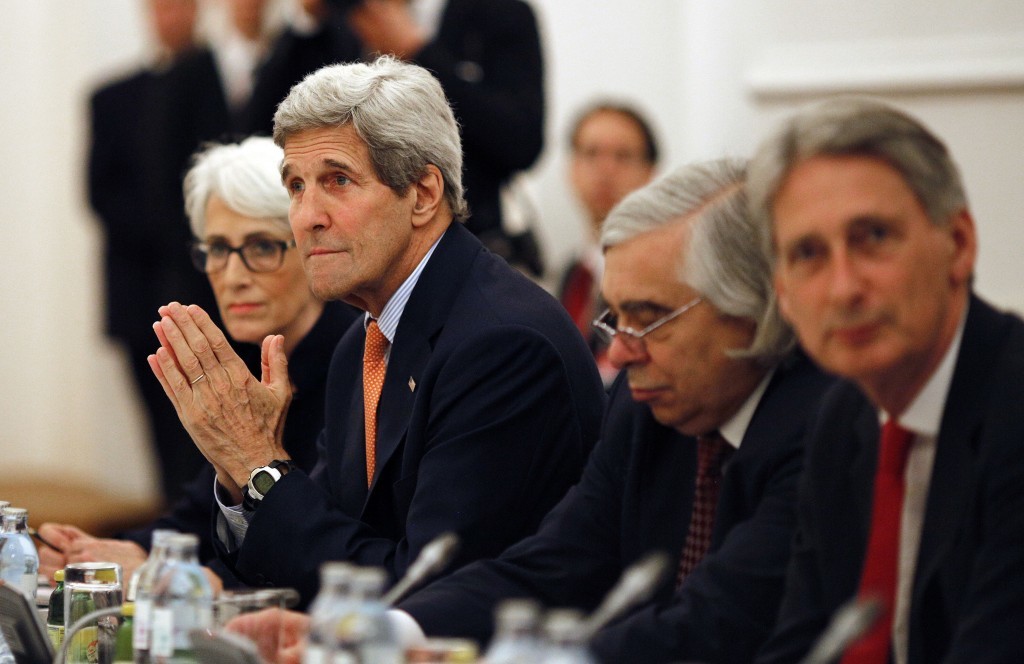
Oil rose for a second day on signs Iran and world powers will miss another deadline for a nuclear deal that could end sanctions on the OPEC producer.
Futures gained as much as 1.1 percent in New York, after climbing the most Thursday in more than two weeks. Senior officials involved in the negotiations said it was too late to reach an agreement by Friday morning in Vienna, the last chance to qualify for a 30-day review in the U.S. Congress. A measure of crude trading volatility was near the highest level in 12 weeks.
Oil’s advance is paring a second weekly loss driven by China’s equities rout and the turmoil in Greece. Iran, the fourth-largest producer in the Organization of Petroleum Exporting Countries, plans to boost crude exports and recapture market share if international sanctions are lifted.
“Iran has to make a decision on whether it walks away, or comes back to the table,” Jonathan Barratt, the chief investment officer at Ayers Alliance Securities in Sydney, said by phone. “If there is a deal, that puts more supply into the market. Oil will probably trade sideways until the dust settles and I think we’ll spend more time around this level.”
West Texas Intermediate for August delivery increased as much as 58 cents to $53.36 a barrel in electronic trading on the New York Mercantile Exchange and was at $53.32 at 12:51 p.m. Singapore time. The contract rose $1.13 to $52.78 on Thursday. Total volume was 38 percent above the 100-day average. Prices have fallen 6.3 percent this week.
Nuclear Deal
Brent for August settlement gained as much as 54 cents, or 0.9 percent, to $59.15 a barrel on the London-based ICE Futures Europe exchange. It has dropped 1.9 percent this week. The European benchmark crude traded at a premium of $5.81 to WTI, compared with $4.81 on July 3.
Talks on Iran’s nuclear program were deadlocked as interlocutors from the Islamic Republic argued over persistent differences, including lifting restrictions on arms sales. Should the deadline be missed, any future agreement will be subject to 60 days of scrutiny, pushing back the date when the nation could qualify for sanctions relief.
Iran’s plan to sell more oil is still a long way off, Goldman Sachs Group Inc., Bank of America Corp. and Societe Generale SA said last week. Its goal of boosting exports by 50 percent would require an extra 500,000 barrels a day of production, which the banks predict will take six to 12 months.
Oil Volatility
The Chicago Board Options Exchange Crude Oil Volatility Index was at 42.04 on Thursday, near Wednesday’s close of 42.2, the highest level since April 16. The gauge of hedging costs on the U.S. Oil Fund, the biggest exchange-traded fund tracking WTI futures, is set for a second weekly advance.
Twenty-one of 39 analysts and traders, or 54 percent, were bearish on WTI, according to a Bloomberg survey through Thursday. Eleven respondents were bullish while seven were neutral.
Crude stockpiles in the U.S., the world’s largest oil consumer, expanded for a second week through July 3, the Energy Information Administration reported Wednesday. Supplies are almost 100 million barrels above the five-year seasonal average.
Recommended for you
